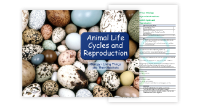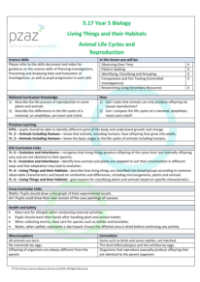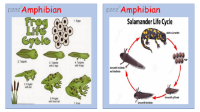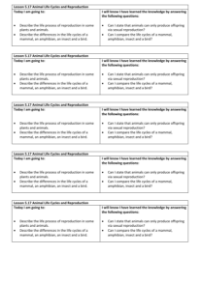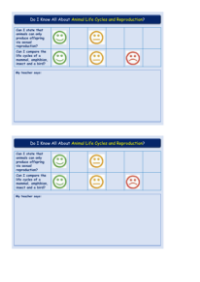Animal Life Cycles and Reproduction - Presentation
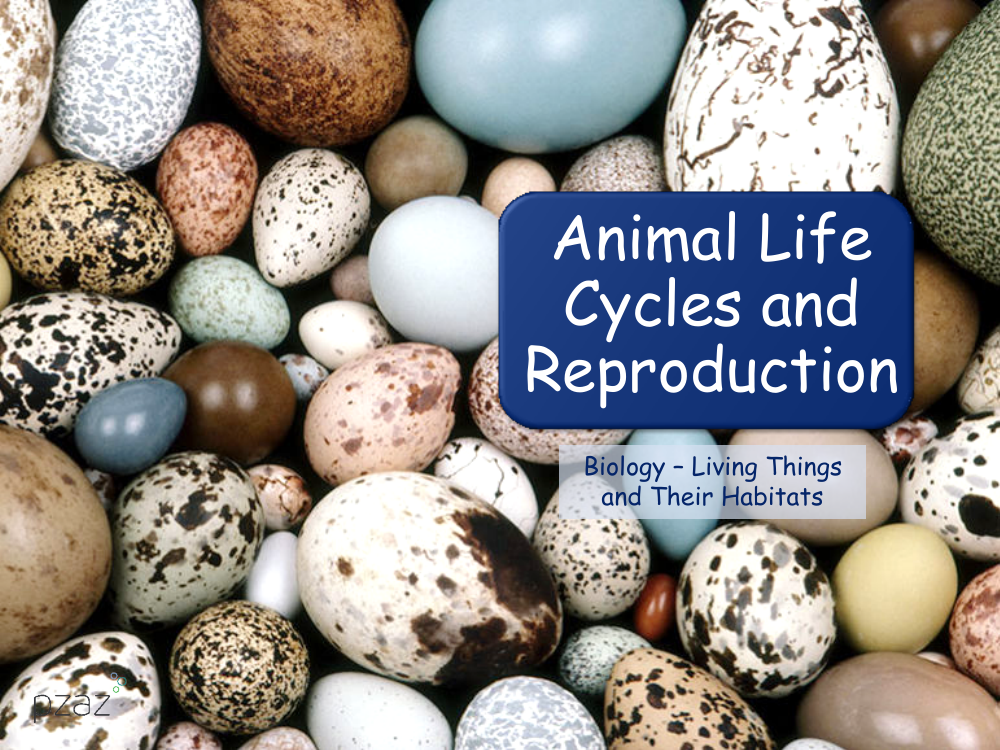
Science Resource Description
The presentation on 'Animal Life Cycles and Reproduction' delves into the fascinating world of how animals produce offspring and the various life cycles across different species. The session begins with two key learning objectives: to understand that animals can only produce offspring through sexual reproduction and to compare the life cycles of mammals, amphibians, insects, and birds. To illustrate these concepts, Dr Bugstein introduces the children to Esmeralda, the world's largest Praying Mantis, and explains the mantis's unique reproductive behaviour, including the female's consumption of the male post-mating for the nutritional benefit of her offspring. The discussion then shifts to the boa constrictor, a reptile that gives birth to live young, highlighting the diversity of reproductive strategies in the animal kingdom, from egg-laying to live births and even the exceptional male seahorse that carries and gives birth to young.
Further activities in the presentation encourage students to engage with various aspects of animal life. They are prompted to think about why worms surface during rain, the usefulness of worms in creating healthy soil, and the success of their own worm farms. In addition, students are tasked with comparing the life cycles of different animals, identifying the unique and shared characteristics among insects, mammals, amphibians, and birds. To consolidate their learning, they are instructed to research and create a poster detailing the life cycle of a chosen animal, including its method of reproduction, gestation period, age of reproductive maturity, the name of its young, and longevity. The presentation aims to not only provide factual knowledge but also to foster a deeper understanding and appreciation for the diversity of life on Earth.

